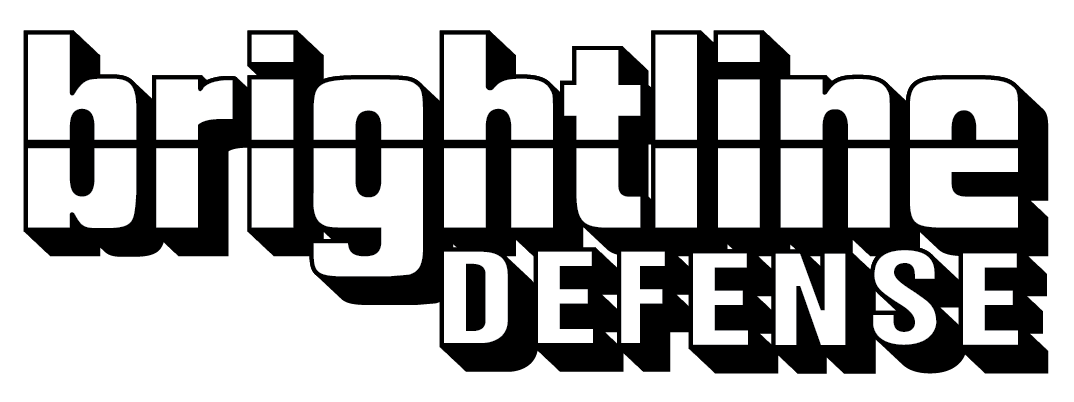Brightline Making Strides in Air Quality Equity
February 22, 2023
Until March 2020, all of San Francisco depended on a single air quality monitor in Potrero Hill to monitor the regional air quality. It’s safe to say these readings are not entirely reflective of air quality in Eastern San Francisco neighborhoods where higher vehicle traffic, limited green space, little to no air filtration in high-density, low-income housing, and other factors affect local air quality.
To make sure data was monitored accurately and shared widely, we developed a community-driven Air Quality Monitoring Program with Central City SRO Collaborative (CCSROC) and Community Youth Center (CYC) of San Francisco. The Program captures the local air quality data in Eastern San Francisco with a 19-sensor network covering neighborhoods such as the Tenderloin, SoMa, Chinatown, and Bayview Hunters Point.
With our mission to promote sustainability and empower traditionally underserved communities through public policy advocacy and partnerships, this program was a natural fit.
Why is Air Quality Monitoring Important?
Poor air quality can lead to health issues like shortness of breath, increase your likelihood to develop respiratory diseases, and other poor health outcomes. BIPOC and low-income communities are disproportionately affected as they are more likely to live in areas with poorer air quality and have fewer protections compared to the general population. These communities also experience more barriers to preventing and treating the health outcomes of poor air quality exposure.
Collecting air quality data in more communities allows us to compile data to support policy work, such as our 2023 Air Quality Report on climate change’s effect on air quality in San Francisco.
Climate Change Taking a Toll of San Francisco’s Air Quality
Brightline’s air quality monitors recorded spikes in poor air quality during the extreme weather in San Francisco in September and December of 2022. A weather phenomenon that, thanks to climate change, will not be going away anytime soon.
If you were in the Bay Area in early September 2022 you would remember sweating through the record breaking temperatures reaching 116°F. Along with concerns of heat stroke and dehydration, the heat wave and wildfire smoke led to air quality advisories from September 3rd all the way through to the 11th, warning residents to stay inside and keep their windows closed.
This forced the many San Franciscans without air conditioning to choose between opening their windows to cool down and keeping them closed to keep the air pollution out. This is especially difficult for those living in high-density buildings in areas that experience more heat like Chinatown.
Late December 2022 extreme weather struck again, but this time with a string of unusually cold winter days. The combination of the temperature and San Franciscans turning up their heating units lead to an increase in poor air quality because of a phenomenon called Weather Inversion. This is when cold air higher up in the atmosphere traps warm air, decreasing winds and allowing air pollutants (coming from heating units and fires) to build up.
Even during these spikes of poor air quality, the air pollution did not exceed national 24-hour standards. So, why should we care? Because this is an environmental justice issue. A pattern emerged in our research: BIPOC and low-income communities were hit first and the hardest by the extreme weather conditions and poor air quality. Unfortunately, these climate change-fueled hazards are only going to get worse.
Where Do We Go From Here?
First, we need to learn more about how heat is distributed across San Francisco neighborhoods in order to inform policy and advocacy work, and to get resources to disadvantaged communities, like air conditioning infrastructure. To accomplish this, we teamed up with National Oceanic and Atmospheric Association (NOAA), NICOS Chinese Health Coalition and multiple city government agencies on the San Francisco’s First Urban Heat Watch Initiative.
We also expanded our Air Quality Monitoring Program in 2022 by relocating eight sensors to Bayview-Hunters Point to record air quality in places community members are at high risk of exposure to air pollution.
Additionally, community voices need to be heard in environmental decision-making spaces. To do this we started the Our Community, Our Air Alliance funded by the Bay Area Air Quality Management District (BAAQMD)’s James Cary Smith Grant Program in March 2022.
In the program’s first year, we partnered with CCSROC, La Voz and CYC to conduct community interviews in English, Spanish and Cantonese to gain deeper insights of community needs in terms of environmental justice and awareness. The program found five core themes that communities were interested in:
Air Quality Awareness
Neighborhood Air Quality
Traffic Pollution
Wildfire Smoke Impacts
Air Quality Filtration Access
Moving forward, Brightline and Our Community, Our Air alliance partners will work together to address these concerns through engagement and educational workshops and empower residents to join decision-making spaces.
How Can You Help Promote Air Quality Equity in San Francisco?
You can sign up for Brightline’s newsletter and receive air quality updates and opportunities to support our work bringing resources to communities most impacted by poor air quality. We look forward to continuing our fight for environmental justice and empowering the communities at the heart of the fight with you.


